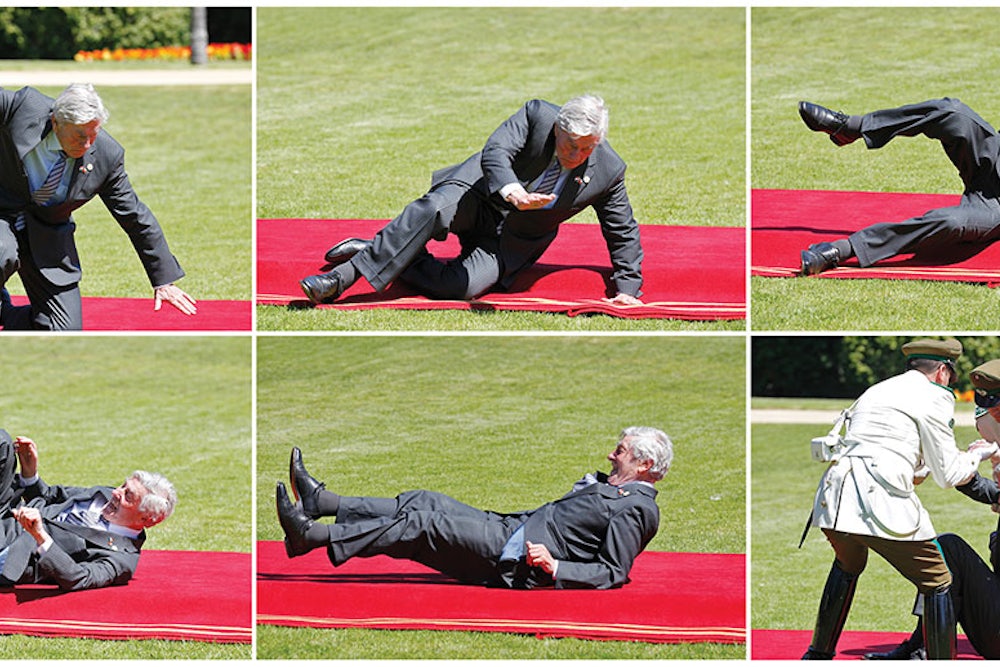This is—or should that be “These are”?—how the future of photography might look. The history of the medium, in common with most technologies, is largely about ever-increasing speed. In the nineteenth century, exposure times were so long that moving people and objects became either blurred or completely invisible. But it wasn’t only shutter speeds that got faster. The intervals between pictures were also reduced, from the cumbersome preparation of individual collodion wet-plate negatives to rolls of film containing 36 frames. An auto-wind could whip through these almost without pause—until the roll came to an end and the photographer had to change film and start over. The coming of digital did away with that interruption: With sufficient memory space, the photographer can keep snapping until there’s nothing left to shoot. But he or she is still—in both senses—taking individual photographs. We are now entering a phase when the quality and quantity of information in a single frame from a sequence of moving images is such that there will be no need to take individual pictures. Just shoot continuously and pluck out the best moment afterward. Still-photography will then become purely ex post facto, entirely a matter of editing.

Location: Viña del Mar, Chile Date: March 11, 2014 Photographer: Eliseo Fernandez
A video of this six-part sequence can be seen on YouTube. It is the same as—and surprisingly different than—what you see here. On the one hand, the film makes the trip look inconsequential. On the other, none of these individual images, in isolation, adequately show what has happened. Only this six-pack of stills brings out the dual nature of the fall. Kids can hit the deck 20 times a day and feel none the worse for wear. After a certain age, a fall can turn out to be the last thing you do before taking to your hospital bed for the rest of your days. This sextet makes the fall look both kiddie-harmless—and potentially life-threatening. Perhaps that’s why it reminds me of Paul Pfeiffer’s video work “Caryatid (Red, Yellow, Blue),” featuring footage of tackles in soccer games in which the perp has been edited out so that the victim suddenly and inexplicably crashes, writhing, to the ground.
The fall guy here is the former prime minister of the Netherlands, Ruud Lubbers,but you could be forgiven for thinking it’s the late Leslie Nielsen, star of the Naked Gun movies, being helped to hisfeet by Michelle Obama.
The green grass played a part in making me think of soccer pitches, but doesn’t it and the implied presence of the first lady put us in mind of something else, too? Specifically another—in fact, the most famous—handful of individual frames grabbed from a movie, namely the Zapruder footage of the Kennedy assassination? Marx famously wrote that history repeats itself, first as tragedy then as farce. This sequence makes us realize that he didn’t get that quite right. It should be first as tragedy, then as slapstick.
